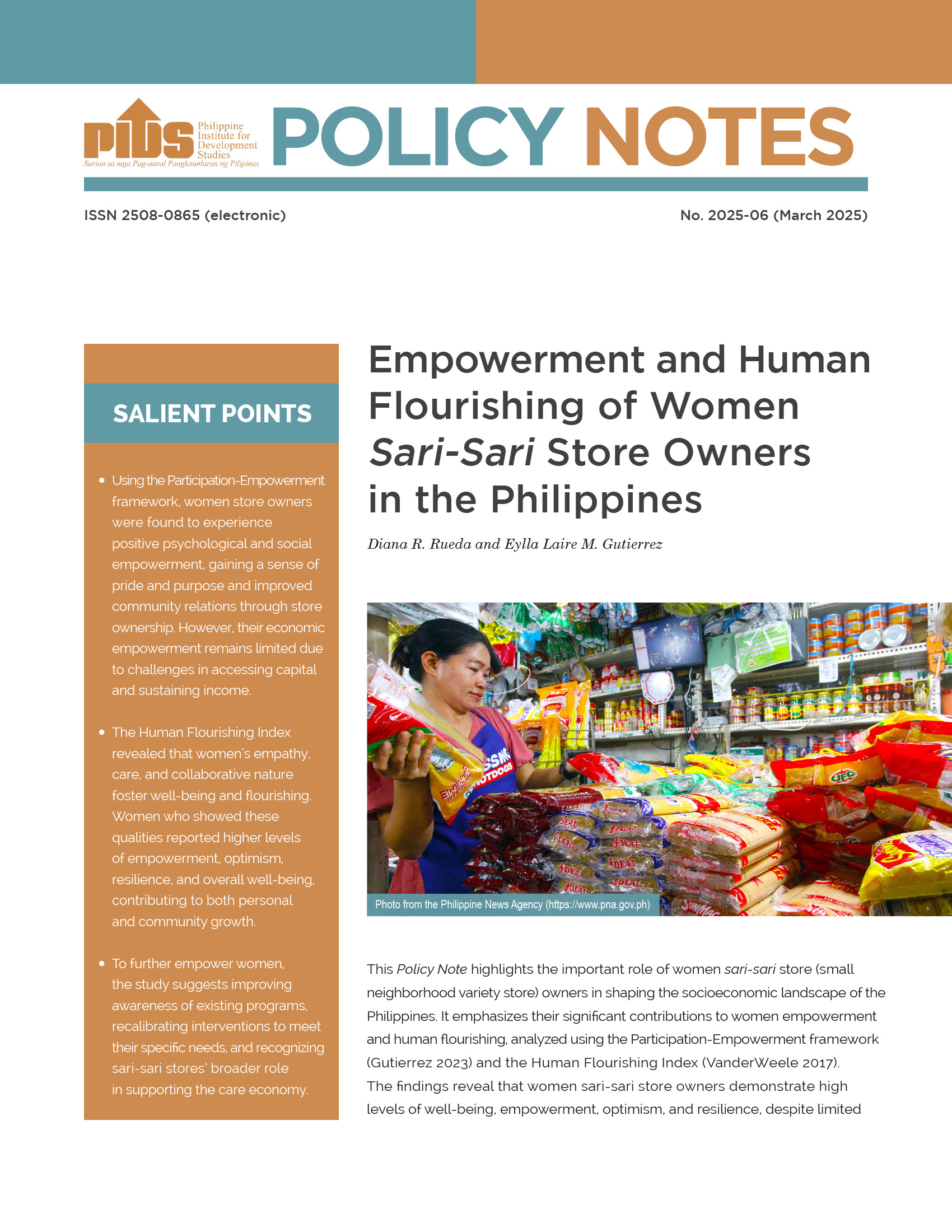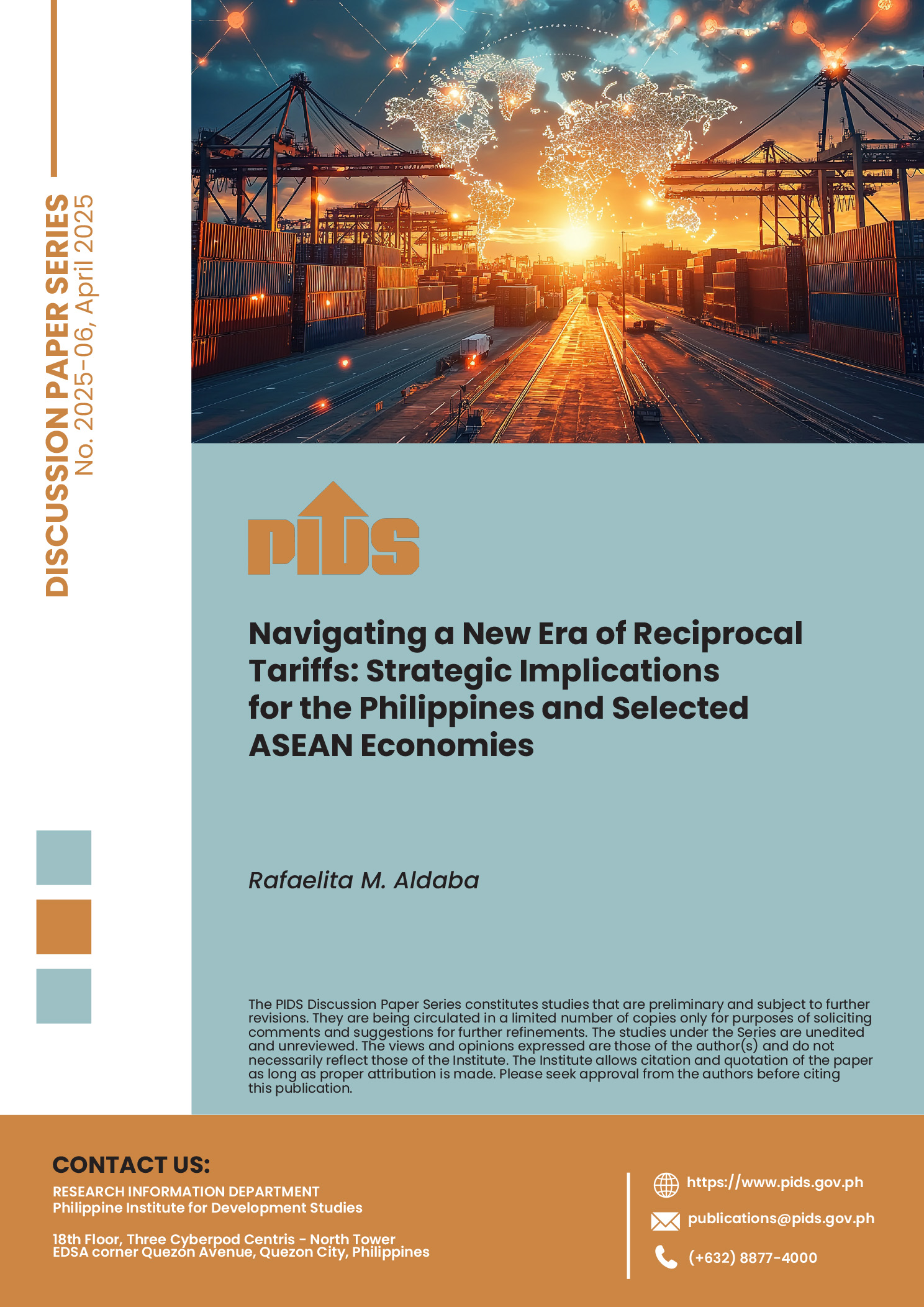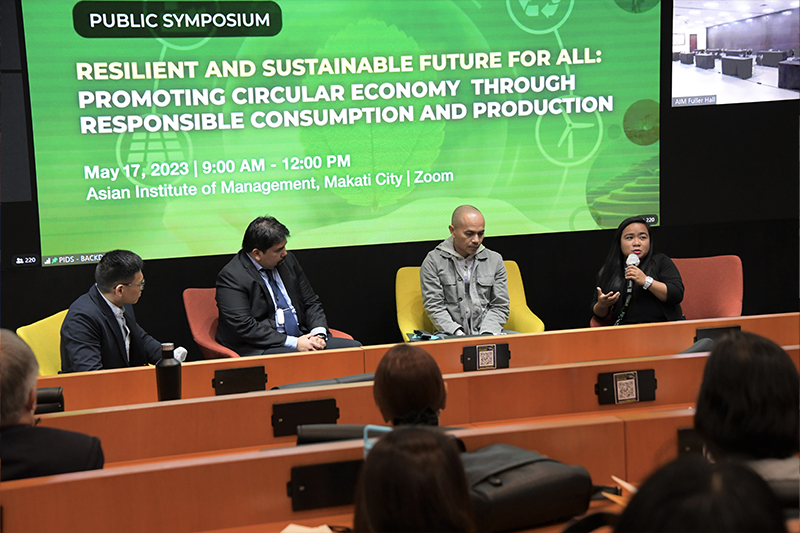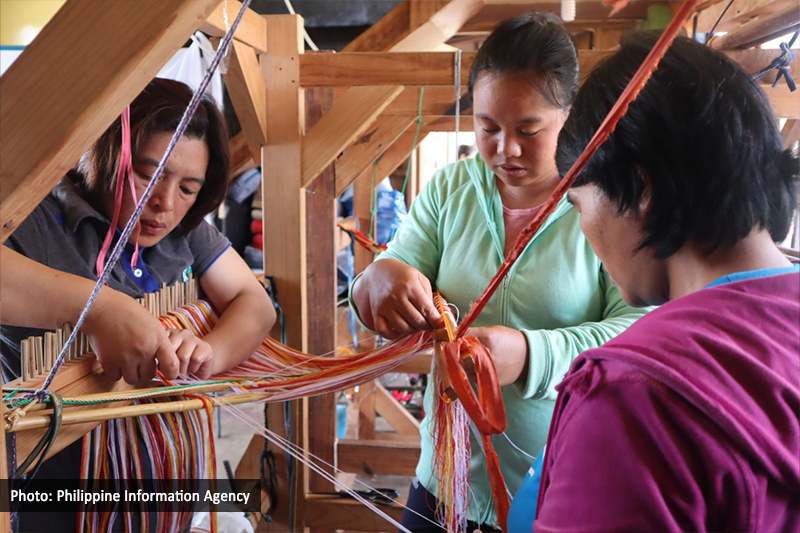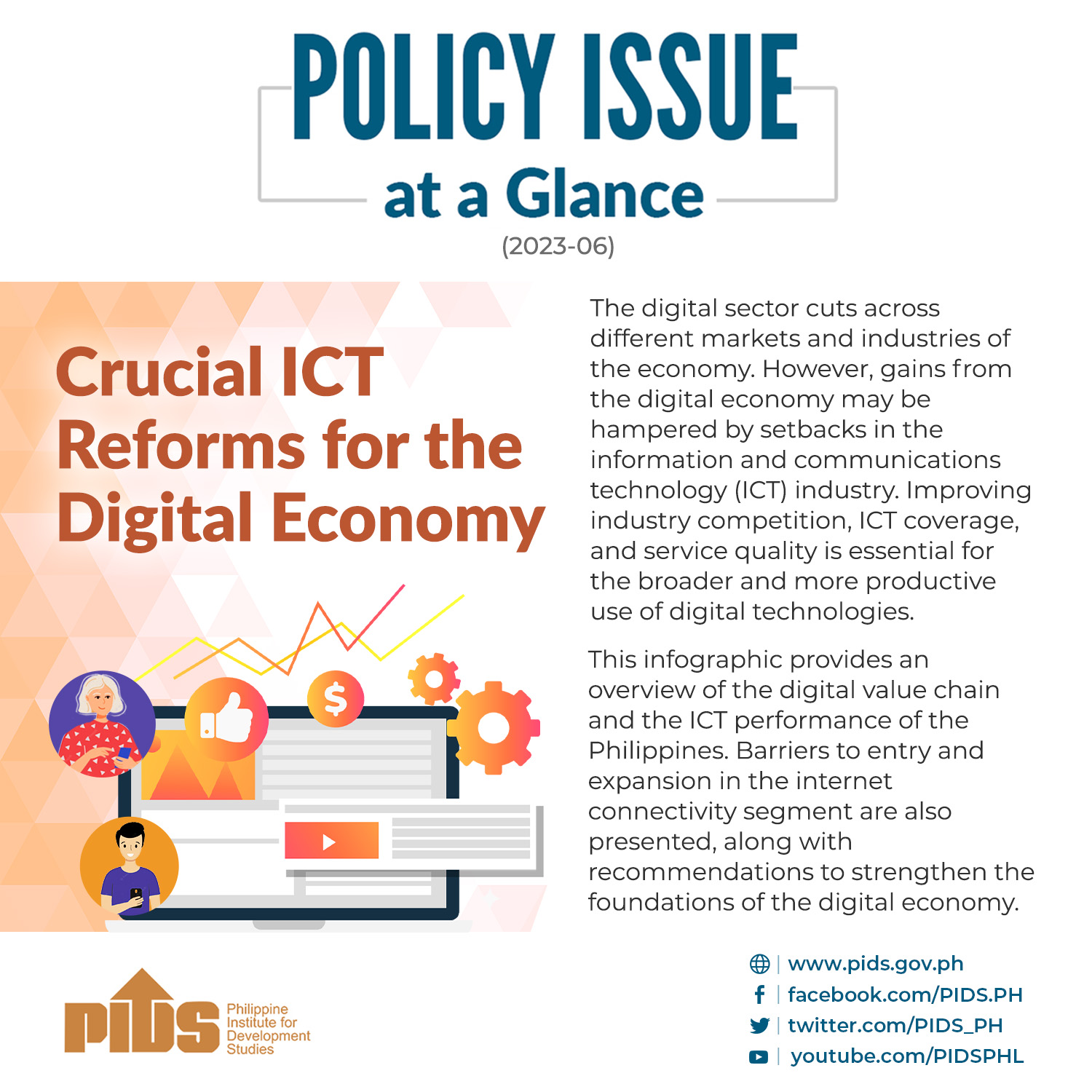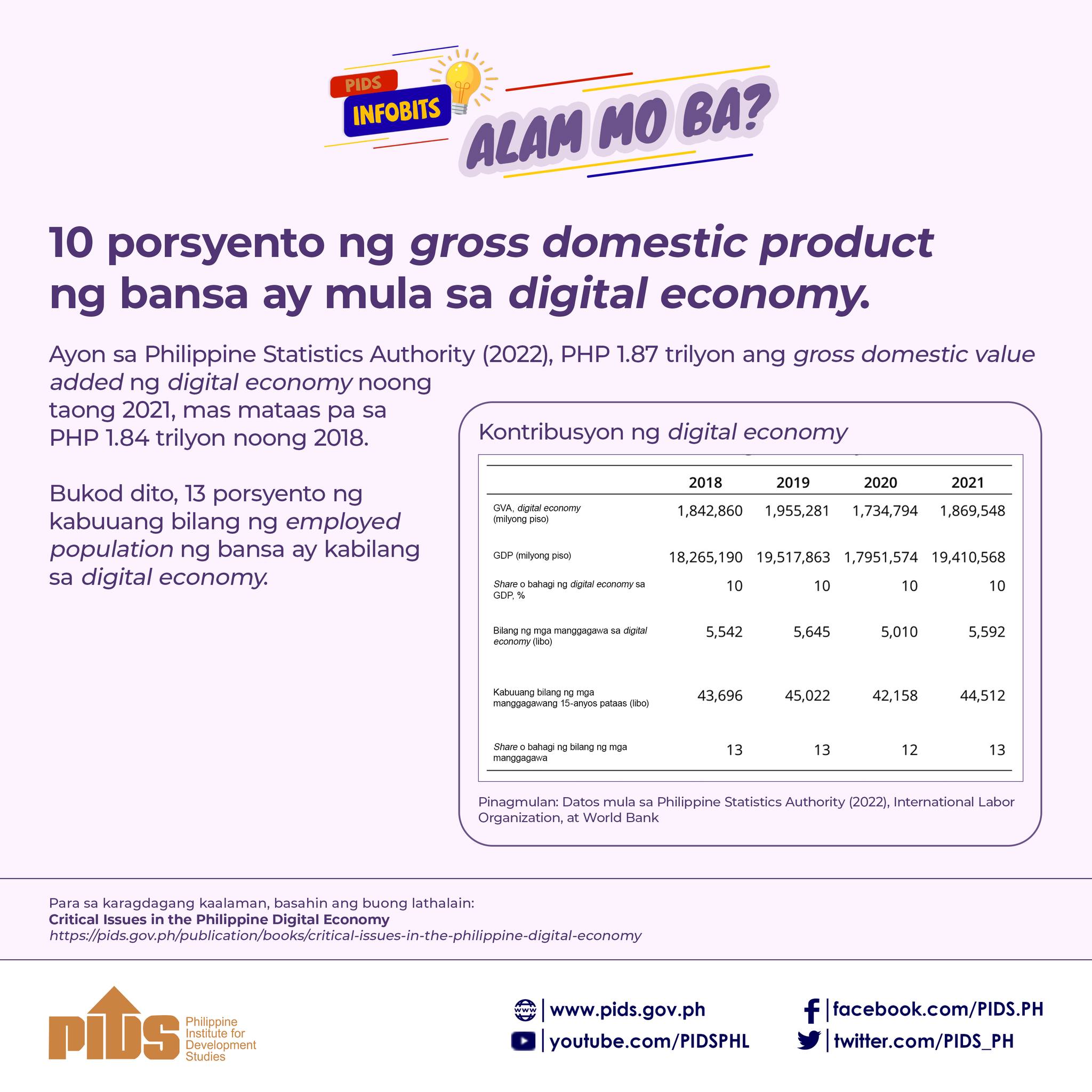THE Philippines should focus on increasing the “intrinsic value” of its chip exports while “enjoying the sweet spot” from being slapped with one of the lowest additional tariffs on its exports to the United States compared to its Asean peers, according to the Semiconductor and Electronics Industries in the Philippines Foundation, Inc. (Seipi).
Citing a study by the Philippine Institute for Development Studies (PIDS), Seipi President Danilo C. Lachica said “If you look at it, the Philippines is in a good place, together with Malaysia. While Malaysia is at 24 percent [tariffs], we’re at 17 percent. But if you look at those four factors, it’s like we’re in the same quadrant, as opposed to the biggest exposure, Vietnam, and obviously, China. Because that’s dictated by the type of exports, the severity of the products.”
The PIDS paper authored by former DTI Undersecretary Rafaelita M. Aldaba used a Tariff Exposure Composite Index (TECI). It revealed that the Philippines, along with Malaysia, fall within the “moderate-to-low” risk tier, owing to “relatively low reciprocal tariff rates and strong exemption coverage”—particularly for high-value electronics. (See: https://businessmirror.com.ph/2025/04/23/to-leverage-tariff-edge-phl-needs-better-logistics-labor/)
In the semiconductor and electronics space, the Seipi chief indicated, however, that the Philippines should work on moving up the value chain while being in the sweet spot, which means increasing the value of its exports.
“For us, while we’re enjoying that sweet spot, what’s concerning is the intrinsic value of our exports. In other words, we’re in the back-end assembly test and packaging,” Lachica told reporters on the sidelines of the recent Aboitiz InfraCapital Economic Estates Industrial Summit 2025 in Makati City.
“That’s why my hope is to see commercial wafer fab. In other words, moving up the value chain. May [integrated circuit] IC design and wafer fab, not just the back-end assembly, test, and packaging,” the head of the largest organization of foreign and Filipino electronics companies in the Philippines said.
Lachica revealed that Seipi is already working with the Department of Science and Technology (DOST) on the plan to build a $10 million lab-scale wafer fab in the country to grow the country’s Integrated Circuit (IC) design industry and reduce reliance on other countries.
He has repeatedly stressed that the wafer fab is the “big gap” in between the local semiconductor supply chain.
“That’s why our pitch, and fortunately the [Department of Science and Technology] DOST understands…We will do a wafer lab, tabletop model and then to be able to train our people,” Lachica said.
“Why is that important? One is, we are trying to grow our IC design industry,” Lachica explained. However, the Seipi chief said the designs are being sent abroad, to Taiwan, to Germany at P2 million, about P2 million a shot.
Whereas, he noted, “If you design, it’s going to be more than one attempt only. So maybe two or three. “Imagine that P4 million, P6 million,” he said.
Lachica also raised another concern related to not having a wafer fab in the country, which zooms in on the preservation of intellectual property rights of the IC design.
“And then my other bigger concern, maybe some people don’t understand this, they’ll say, we have non-disclosure agreements.
Do you really think if you make a design for a company, they won’t keep the IP if it’s good? You have to be naive to say you have NDAs. So the loss of IP, which would be, you know, the value for our country, would be very important,” the SEIPI chief emphasized.
Lachica also revealed that Malaysia, India, Vietnam are pursuing not just assembly, test and packaging (ATP), but the wafer fab. He added: “And the rest of Asia, our Asian neighbors, they already have wafer fabs, higher value.”
Hence, he said, “Fine, we’re in a good place but we need to move up the value chain: IC design and wafer fab.”
Lachica explained the importance of having a wafer fab in the country as he cited the CEO of McKinsey who said, “the Philippines need a commercial wafer fab because there is enough demand for commodity and general products. You don’t have to go to the 5 or 10 nano range. There’s enough demand there—power devices, automotive electronics, there’s enough demand.”
“Our proposal for a lab scale is about $10 million. It’s just a lab scale. What they’re doing in the States [advanced fab] is $10 to $15 billion,” added Lachica.
“We need just one [lab scale tabletop model] first. Because like I said, you’ve got to be able to support the IC design industry. You’ve got to be able to train the workforce, preserve the intellectual property, and then create a supply chain ecosystem that will hopefully” prompt semiconductor companies to say, “Oh, the Filipinos can do it, after all.”
In the meantime, however, he said, “We need to work on our high power cost, high logistics cost, and workforce development.”
While the local chips industry is projecting only a “flat growth” this year, Lachica said, “We’re optimistic that we might see some modest growth.”
The Philippine semiconductor and electronics industry have contracted two years in a row, he noted.
Preliminary data from the Philippine Statistics Authority (PSA) showed the country’s exports of electronic products amounted to $39.08 billion in 2024, or 6.7 percent down from the $41.91 billion export receipts in 2023.


